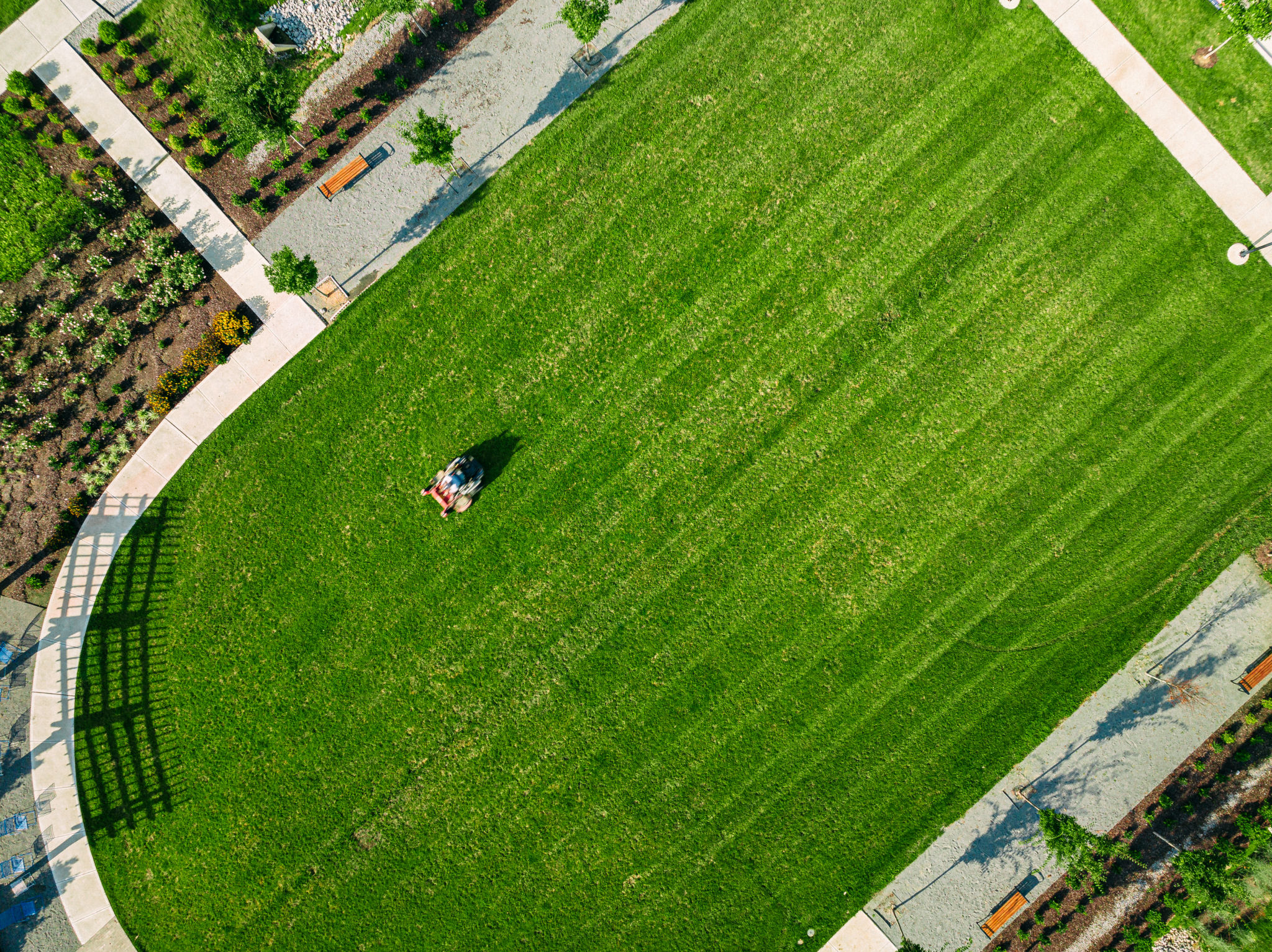Essential Lawn Maintenance Tips for Virginia Homeowners
Understanding Virginia's Climate
Virginia's climate presents unique challenges for lawn maintenance. The state experiences a mix of humid subtropical and humid continental climates, depending on the region. This means that Virginia homeowners must be prepared for hot, humid summers and cold, sometimes snowy winters. Understanding these conditions is key to maintaining a healthy lawn year-round.
In the summer months, Virginia lawns require consistent watering due to the heat. However, excessive watering can lead to fungal diseases. During the winter, grass may go dormant, but it's crucial to prepare for the spring by addressing any damage caused by frost or snow.

Choosing the Right Grass Type
Selecting the appropriate grass type is essential for maintaining a vibrant lawn in Virginia. Cool-season grasses like Kentucky bluegrass, fescue, and ryegrass thrive in northern areas, while warm-season grasses such as Bermuda and zoysia are better suited for southern parts of the state.
Each grass type has its care requirements. For instance, Bermuda grass flourishes in full sun and needs regular watering, while fescue is more shade-tolerant and drought-resistant. By understanding your lawn's specific needs, you can choose the right grass type that will flourish in your local climate.

Essential Lawn Care Practices
Maintaining a healthy lawn requires consistent care practices. Mowing, watering, fertilizing, and aerating are fundamental tasks that should be part of your routine. Proper mowing involves cutting the grass at the right height to promote growth without stressing the plant.
Watering should be done early in the morning to minimize evaporation and fungal growth. Fertilizing should be based on soil tests to ensure your lawn receives the necessary nutrients without over-fertilizing. Aerating helps improve soil compaction and allows roots to access air and water more efficiently.

Dealing with Common Lawn Problems
Virginia lawns can face several common issues, including pests, diseases, and weeds. Grubs and chinch bugs are some of the typical pests that can damage grass roots. Regular inspection and timely treatment with appropriate insecticides can help manage these pests.
Weeds such as dandelions and crabgrass can be managed through regular mowing and targeted herbicides. Diseases like brown patch and dollar spot often arise from excessive moisture or poor air circulation. By addressing these problems proactively, you can maintain a lush and healthy lawn.
Seasonal Maintenance Tips
Each season brings its own lawn care requirements in Virginia. In spring, focus on dethatching and fertilizing to prepare your lawn for growth. Summer requires more frequent mowing and careful watering to combat heat stress.
During fall, aerating and overseeding help repair summer damage and prepare for winter dormancy. In winter, minimize foot traffic on dormant lawns to prevent compaction and protect your grass from unnecessary damage.

Sustainable Lawn Practices
Implementing sustainable lawn practices not only benefits your yard but also the environment. Consider using organic fertilizers and pest control methods to reduce chemical runoff into local waterways. Composting grass clippings can return nutrients to the soil naturally.
Additionally, incorporating native plants into your landscape can reduce water consumption and provide habitats for local wildlife. By adopting these eco-friendly practices, you contribute to a healthier ecosystem while maintaining a beautiful lawn.
